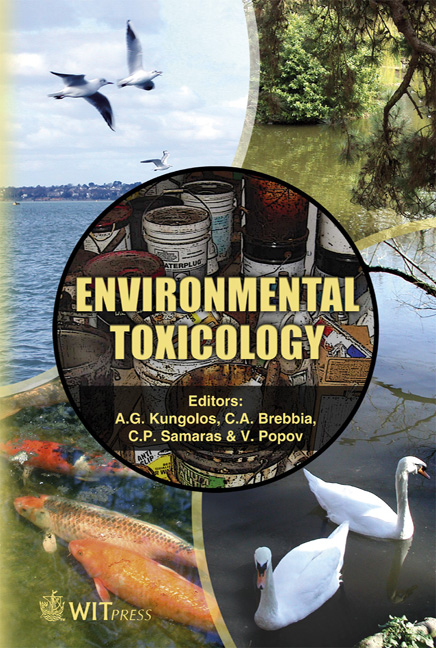Recurrent Self-Organizing Map Implemented To Detection Of Temporal Line-movement Patterns Of Lumbriculus Variegatus (Oligochaeta: Lumbriculidae) In Response To The Treatments Of Heavy Metal
Price
Free (open access)
Transaction
Volume
10
Pages
15
Published
2006
Size
979 kb
Paper DOI
10.2495/ETOX060091
Copyright
WIT Press
Author(s)
K.-H. Son, C. W. Ji, Y.-M. Park, Y. Cui, H. Z. Wang, T.-S. Chon & E. Y. Cha
Abstract
Measurement of behavioral responses have been recently considered as an important method for monitoring risk assessment. Computational processing could be applied to continuous data for automatic determination of changes in behavioural states of indicator specimens. Behavioral monitoring could be used as an alternative tool to fill the gaps between large (e.g., ecological survey) and small (e.g., molecular analysis) scale methods for risk assessment. While the points were conventionally used for indicating movement of test specimens, the line shapes of blackworms, Lumbriculus variegatus, were trained by Artificial Neural Networks in this study. We proposed an unsupervised temporal model, Recurrent Self-Organizing Map (RSOM), to detect sequential changes in the line-movement of blackworms after the treatments of a toxic substance, copper, in this study. RSOM was feasible in addressing the stressful behaviors of indicator specimens such as body contraction, high degree of folding, etc. We demonstrated that the unsupervised temporal model is efficient in classifying temporal behavior patterns and could be used as an alternative tool for the real-time monitoring of toxic substances in aquatic ecosystems in the future. Keywords: Recurrent Self-Organizing Map, response behavior, temporal sequence processing, Lumbriculus variegates.
Keywords
Recurrent Self-Organizing Map, response behavior, temporal sequence processing, Lumbriculus variegates.





